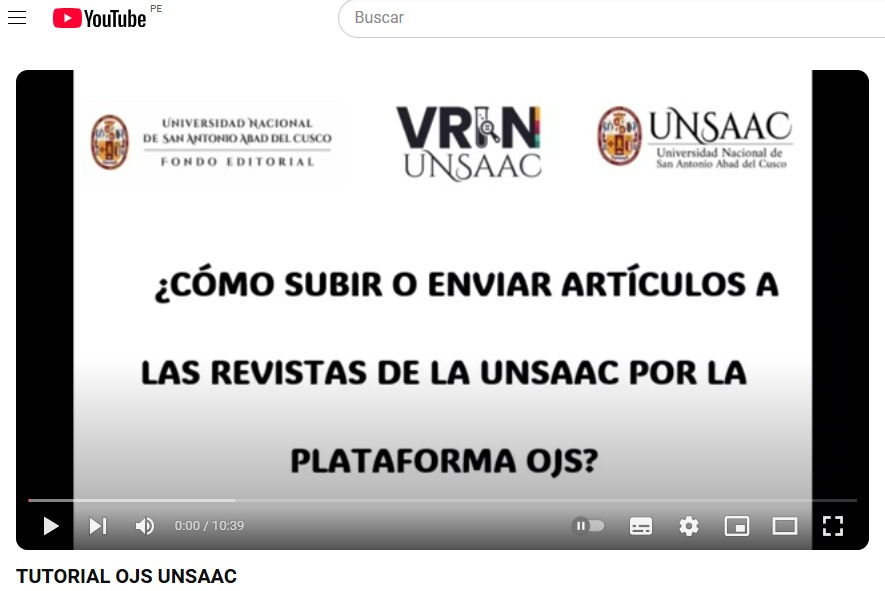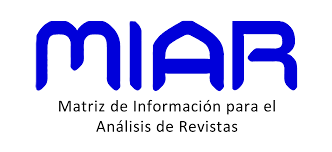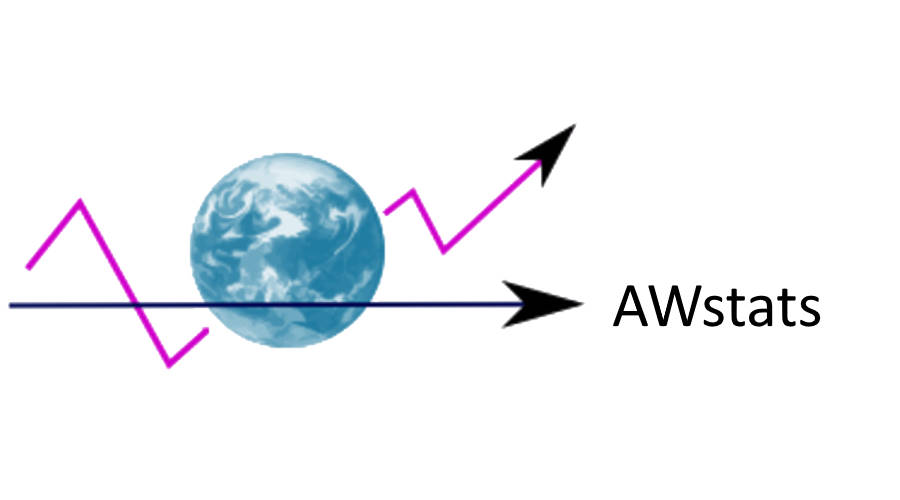Long-Term Effects of Pentylenetetrazol-Induced Kindling Seizures on Neuroinflammation: Immunohistochemical and EEG Analysis in Rats
Abstract
The present experimental study examines the effects of PTZ-induced kindling, a well-established and widely used animal model for studying epileptogenesis through the progressive induction of seizures. The novelty of this research lies in its descriptive analysis of the post-kindling phase, focusing on both brain activity and molecular changes. Twelve rats were subjected to a three-phase protocol: habituation, challenge (60 mg/kg), and kindling, which involved repeated administration of subconvulsive doses of PTZ (35 mg/kg). The control group received only saline injections. In the first month following kindling, a subset of animals was implanted with epidural electrodes to record brain activity through electroencephalograph (EEG). In the second month, another subset was used for molecular analyses using immunohistochemistry (IHC) and immunofluorescence (IF), with GFAP and NeuN serving as markers for astrocytes and mature neurons, respectively. These molecular assessments were repeated in the third month post-kindling. EEG recordings revealed interictal events during the first post-kindling month. In the second and third months, a significant increase in GFAP expression was observed in hippocampal regions (CA1, CA3, and dentate gyrus), while NeuN expression remained unchanged. These findings contribute to the characterization of the post-kindling phase and enhance the understanding of the PTZ model's underlying mechanisms and temporal progression.
Downloads
References
Aleshin, V. A., Graf, A. V., Artiukhov, A. V., Ksenofontov, A. L., Zavileyskiy, L. G., Maslova, M. V., & Bunik, V. I. (2023). Pentylenetetrazole-Induced Seizures Are Increased after Kindling, Exhibiting Vitamin-Responsive Correlations to the Post-Seizures Behavior, Amino Acids Metabolism and Key Metabolic Regulators in the Rat Brain. International Journal of Molecular Sciences, 24(15), 12405. https://doi.org/10.3390/ijms241512405
Beghi, E., Giussani, G., & Sander, J. W. (2015). The natural history and prognosis of epilepsy. Epileptic Disorders: International Epilepsy Journal with Videotape, 17(3), 243-253. https://doi.org/10.1684/epd.2015.0751
Bartsch, V., Díaz, J., González, I., Cavada, G., Ocampo-Garcés, A., & Wyneken, U. (2014). Electroencephalographic characterization of pentylenetetrazole kindling in rats and modulation of epileptiform discharges by nitric oxide. Neurochemical research, 39(2), 408–418. https://doi.org/10.1007/s11064-014-1237-y
Bentes, C., Martins, H., Peralta, A. R., Morgado, C., Casimiro, C., Franco, A. C., Fonseca, A. C., Geraldes, R., Canhão, P., Pinho E Melo, T., Paiva, T., & Ferro, J. M. (2018). Early EEG predicts poststroke epilepsy. Epilepsia open, 3(2), 203–212. https://doi.org/10.1002/epi4.12103
Chauvière, L., Doublet, T., Ghestem, A., Siyoucef, S. S., Wendling, F., Huys, R., Jirsa, V., Bartolomei, F., & Bernard, C. (2012). Changes in interictal spike features precede the onset of temporal lobe epilepsy. Annals of neurology, 71(6), 805–814. https://doi.org/10.1002/ana.23549
Cekanaviciute, E., & Buckwalter, M. S. (2016). Astrocytes: Integrative Regulators of Neuroinflammation in Stroke and Other Neurological Diseases. Neurotherapeutics, 13(4), 685-701. https://doi.org/10.1007/s13311-016-0477-8
Díaz, F., Aguilar, F., Wellmann, M., Martorell, A., González-Arancibia, C., Chacana-Véliz, L., Negrón-Oyarzo, I., Chávez, A. E., Fuenzalida, M., Nualart, F., Sotomayor-Zárate, R., & Bonansco, C. (2023). Enhanced Astrocyte Activity and Excitatory Synaptic Function in the Hippocampus of Pentylenetetrazole Kindling Model of Epilepsy. International Journal of Molecular Sciences, 24(19), Article 19. https://doi.org/10.3390/ijms241914506
Fang, F., & Lei, H. (2010). El aumento de T2 hipocampal en un modelo de rata de kindling inducido por pentilentetrazol se correlaciona con las puntuaciones de convulsiones. Journal of the Neurological Sciences, 292(1), 16-23. https://doi.org/10.1016/j.jns.2010.02.014
Fumeaux, N. F., Ebrahim, S., Coughlin, B. F., Kadambi, A., Azmi, A., Xu, J. X., Abou Jaoude, M., Nagaraj, S. B., Thomson, K. E., Newell, T. G., Metcalf, C. S., Wilcox, K. S., Kimchi, E. Y., Moraes, M. F. D., & Cash, S. S. (2020). Accurate detection of spontaneous seizures using a generalized linear model with external validation. Epilepsia, 61(9), 1906–1918. https://doi.org/10.1111/epi.16628
Gáll, Z., Kelemen, K., Tolokán, A., Zolcseak, I., Sável, I., Bod, R., Ferencz, E., Vancea, S., Urkon, M., & Kolcsár, M. (2022). Anticonvulsant Action and Long-Term Effects of Chronic Cannabidiol Treatment in the Rat Pentylenetetrazole-Kindling Model of Epilepsy. Biomedicines, 10(8), 1811. https://doi.org/10.3390/biomedicines10081811
Copyright (c) 2025 QEUÑA

This work is licensed under a Creative Commons Attribution-NonCommercial 4.0 International License.
-
Eres libre de:
- Compartir : copiar y redistribuir el material en cualquier medio o formato.
- Adaptar : remezclar, transformar y desarrollar el material








.jpg)
.jpg)
.jpg)
